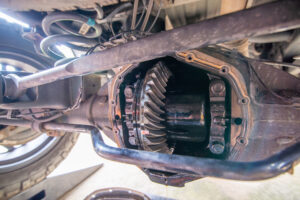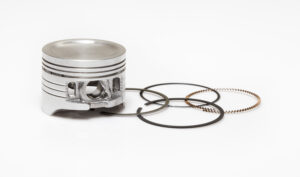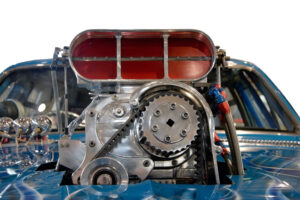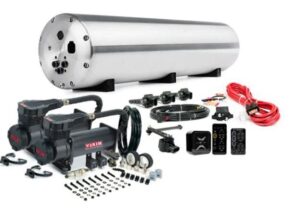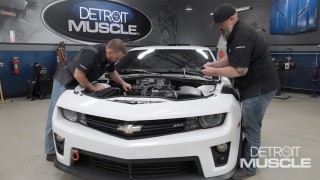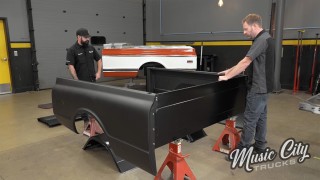Old School vs. Modern Muscle: We Break Down Leaf vs Coil Spring Suspension
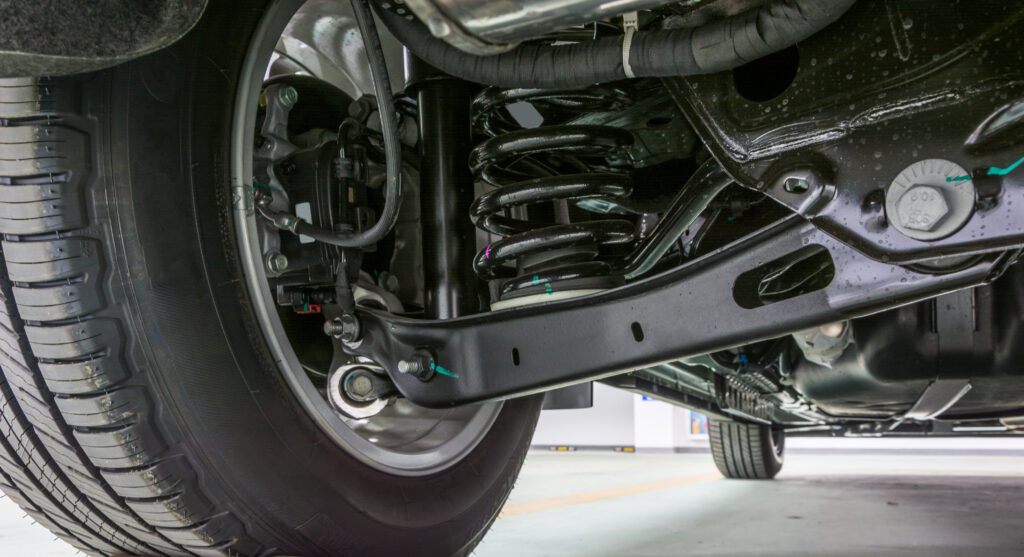
When it comes to building or modifying a vehicle—whether it’s for hauling, crawling, or carving corners—suspension matters. A lot. And one of the age-old battles in the world of automotive suspension is leaf springs vs. coil springs. Both systems have been around for decades, and each has its loyal followers. But how do they actually stack up when it comes to technology, function, and overall performance?
Table of Contents
Leaf Springs: Old-School Workhorse
Leaf springs have been around since horse-drawn carriages, and they’ve remained a go-to for trucks, off-road rigs, and heavy-duty haulers. Why? Because they’re simple, rugged, and can handle some serious weight.
How They Work
A leaf spring is a stack of slightly curved metal strips (called leaves) that are bolted together. When a vehicle hits a bump, the leaves flex and absorb the shock, then return to their original shape. They’re mounted to the axle and chassis using shackles and bushings.
Where They Shine
- Load Carrying: Leaf springs distribute weight over a larger area, making them ideal for towing and hauling.
- Durability: Fewer moving parts means fewer things to break. You’ll find leaf springs under many full-size pickups, box trucks, and older SUVs for a reason.
- Simplicity: Easy to repair or replace, especially in remote areas or on a trail.
Where They Fall Short
- Ride Quality: They’re stiffer and offer less refined handling. Expect a bumpy ride on rough pavement if your rig isn’t carrying a load.
- Tuning: Not as easily adjustable as coil systems. If you want fine-tuned performance, leafs can be limiting.
Coil Springs: The Modern Mover
Coil springs are what most passenger cars, performance vehicles, and modern SUVs ride on. They offer a smoother, more controlled experience—especially when paired with the right shocks and geometry.
How They Work
Coil springs are exactly what they sound like—helical-shaped springs made from steel or composite materials. They compress vertically when the vehicle hits a bump, working alongside shocks and control arms to manage weight transfer and road feedback.
Where They Shine
- Comfort: Coils offer a much smoother ride compared to leaf springs. If daily drivability or passenger comfort matters, this is your setup.
- Performance Handling: Coil springs excel in situations that require responsive handling—like track days, autocross, or fast road driving.
- Customization: You can easily swap coil springs to adjust ride height, spring rate, or damping characteristics. Perfect for lowering or lifting a ride.
Where They Fall Short
- Load Capacity: Coils don’t handle heavy loads as efficiently as leafs unless paired with airbags or extra bracing.
- Complexity: More moving parts, links, and geometry mean more components to maintain or upgrade.
Technology Evolution
In the modern era, both systems have seen serious upgrades. Leaf springs now come with parabolic designs for better flex and reduced weight, while coil spring setups often incorporate adaptive damping and electronic controls for better responsiveness.
The aftermarket also bridges the gap. You’ll find progressive-rate coil springs that handle cargo without killing ride quality and heavy-duty leaf packs with polyurethane bushings for smoother operation.
For off-roaders, long-travel coilovers provide unmatched articulation, but leaf springs still dominate in the overlanding scene thanks to their reliability and pack-out strength. In hot rodding, switching from leaf to coil is a common upgrade, especially when adding four-link rear setups for better traction and squat control.
The Verdict
So, which suspension setup wins? Like most things in the gearhead world—it depends.
- If you’re building a rig for hauling gear, towing trailers, or living out of the bed, leaf springs still get the job done with minimal drama.
- If you’re chasing smooth ride quality, sharp handling, or plan to modify for performance, coils are your best friend.
At the end of the day, both systems can be made to work well with the right components and setup. It’s all about what you’re using the vehicle for and how much time (and money) you’re willing to invest in dialing in your suspension.
Whichever camp you’re in, just remember: the best suspension setup is the one that keeps your tires planted, your ride controlled, and your build ready for whatever road—or trail—you throw at it.

